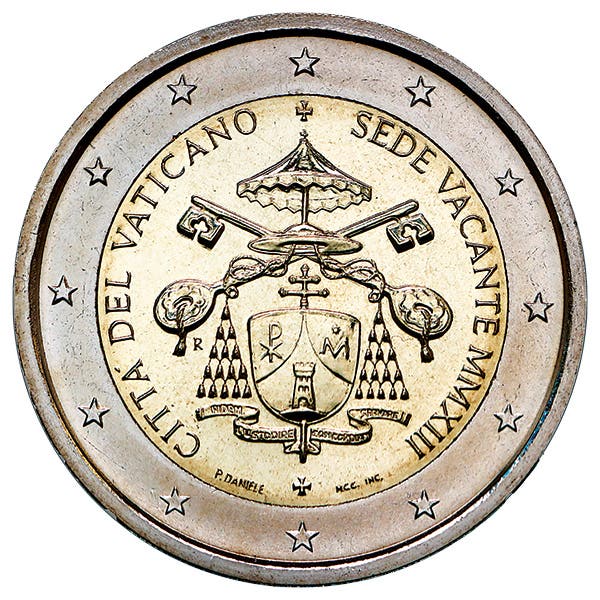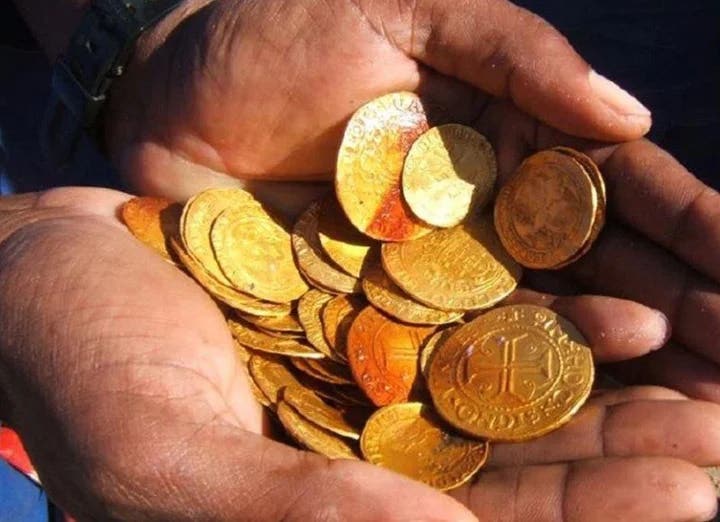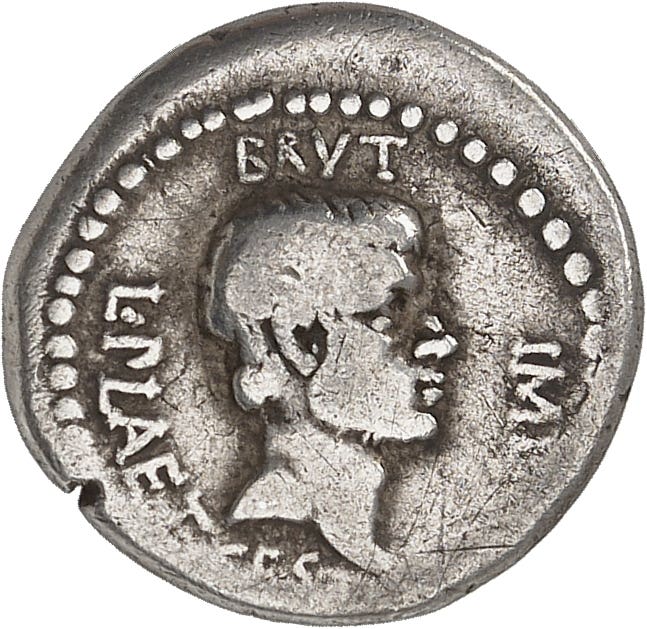Rare Gold 8 Escudos Royal To Star in Sedwick Treasure Auction 28
A Royal gold 8 escudos, recovered from a sunken Spanish treasure fleet will be up for sale on Nov. 17 in Daniel Frank Sedwick, LLC’s Treasure Auction 28, the firm…
A Royal gold 8 escudos, recovered from a sunken Spanish treasure fleet will be up for sale on Nov. 17 in Daniel Frank Sedwick, LLC’s Treasure Auction 28, the firm announced in an Oct. 7 press release. It is NGC-graded MS-66 and is the only example of its date slabbed by any third-party grading company. The auction firm estimates the coin at $300,000 and up.
“This coin is the pinnacle of Spanish colonial numismatics,” said Daniel Sedwick, president and founder of the company. “As a Royal 8 escudos, it is a coin so large, beautiful, and perfect as to be considered among the most desirable gold coins in the world – both then and now. It represents the finest in colonial minting abilities at the time. Plus, when you consider this specimen’s documented discovery on one of the most famous shipwreck sites ever, you realize just how truly special and rare this coin is. We’ve sold hundreds of gold cobs from the 1715 Fleet but this is the first time in 14 years of auctions that we’re offering a 8 escudos Royal.”
Ben Costello, president of the 1715 Fleet Society, called the coin a superb specimen with a securely documented provenance to the Corrigan’s wrecksite of the 1715 Fleet.
“Fleet collectors are delighted by the first-time offering of this gorgeous and very rare 1713 8 escudos Royal,” said Costello. “Only two examples are known. This piece is surely among the best, if not the best, of the entire 1711 to 1713 series of cross-with-crosslets Royals.”
The specially struck presentation piece was minted in 1713 at the Mexico City Mint and bears the oXM mintmark to the left of the shield. Below the mintmark, the initial J stands for assayer José de León, the mint official responsible for the entire coinage production. The Royal shield and crown at the center stand for King Philip V’s authority over Spain and her colonies. To the right of the shield is a vertical VIII representing the 8 escudos denomination. The legend reads PHILIPPVS V DEI G 1713 with florets in the spaces between words. The DEI G stands for Dei Gratia, “by the grace of God.”
On the reverse, a framed cross is in the center with stylized fleurs-de-lis in the quadrants. The legend there is HISPANIARVM ET INDIARVM REX (“King of Spain and the Indies”) with florets in the spaces between the words and a smaller cross at the top.
What sets a Royal, also known by the Spanish term “galano,” apart from the regular cob issues is its detailed, even striking on a specially prepared, round planchet of uniform thickness and weight. The regular cob coinage was quickly produced in quantity by hammering irregular planchets. After being struck at the mint, this Royal 8 escudos departed the New World aboard a Spanish galleon in the 1715 Plate Fleet. Its destination was mainland Spain, where it would have been given or awarded to an important Spanish official or member of the Royal family. The King of Spain himself was also possibly an intended recipient of gold Royal coins.
In addition to several other Royals (the 1715 Fleet is the primary source for gold 8 escudos Royals), the ships carried a wealth of treasure: silver and gold coins from the colonial mints, fine jewelry and religious objects, precious gemstones, spices, and Kangxi china from the Manila trade route. Even large quantities of contraband were smuggled onto the ships, bypassing the tax that was to be levied to the King.
Much of the official treasure onboard was intended to refill Spain’s coffers. The kingdom’s finances were in disarray following the misrule of King Charles II and the subsequent War of Spanish Succession. Spain was reliant on the annual voyages from the New World to bring wealth to the mainland. The war and its political instability had delayed the fleets and large quantities of treasure had piled up in Mexico and Colombia. The fleet, carrying enormous amounts of treasure from an entire continent, needed to arrive in Spain soon.
Having initially left under fine sailing conditions, the fleet soon encountered violent weather and, by July 30, entered the path of a hurricane. In the early hours of July 31, just off Florida’s coast between what is now Cape Canaveral and Fort Pierce, the 11 Spanish ships were cast upon shoals by the waves and destroyed. Close to 1,500 sailors and officers were killed. The treasure cargo was scattered across the ocean floor as the ships broke apart. The survivors who made it ashore were spread across the coast for miles. Only the French vessel Griffon made it through the storm and continued on to France, unaware of the Fleet’s annihilation.
By 1718, the Spanish had considered their salvage operation a success and departed the area. Even then, significant amounts of treasure remained just off Florida’s shore, buried in the sand and trapped beneath debris. For almost 250 years, the coins and artifacts would remain lost – among them this 1713 Royal 8 escudos.
The coin will be sold on Nov. 17 in Sedwick’s auction as lot 21. Online registration is now available at the auction site, auction.sedwickcoins.com. Auction lots will be available for online viewing starting Oct. 19.








